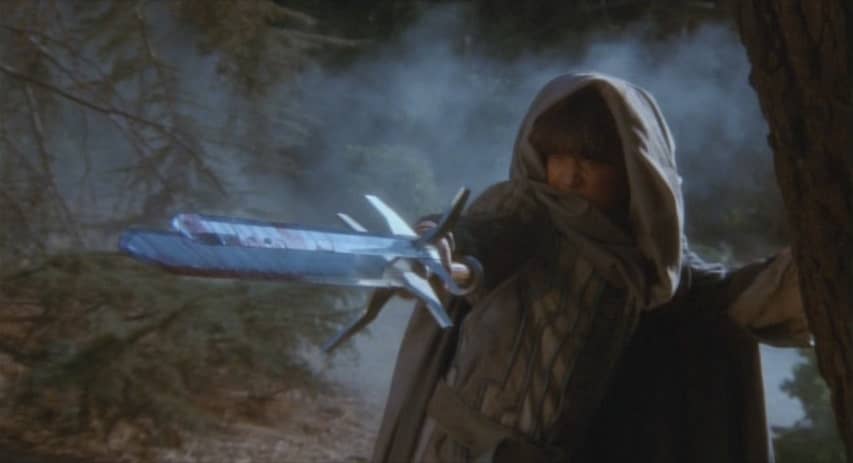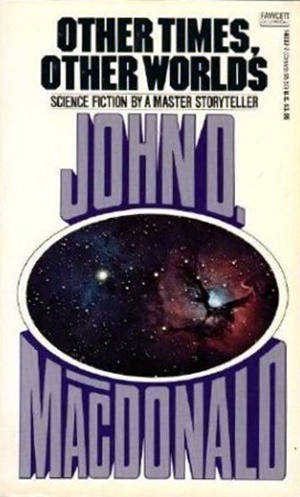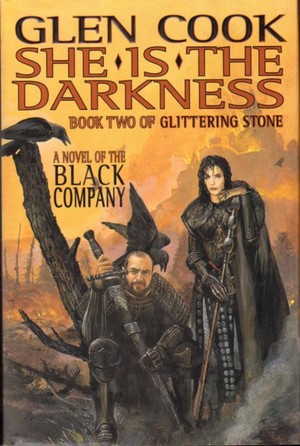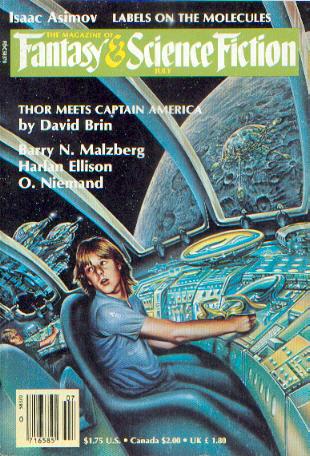Future Treasures: Before She Sleeps by Bina Shah
 The hit Hulu series The Handmaid’s Tale has brought a whole new generation of readers to Margaret Atwood’s 1985 dystopian novel — and spawned a growing subgenre.
The hit Hulu series The Handmaid’s Tale has brought a whole new generation of readers to Margaret Atwood’s 1985 dystopian novel — and spawned a growing subgenre.
One of the more interesting to me is Pakistani author Bina Shah’s upcoming Before She Sleeps, which Kirkus Reviews calls “a novel that is in explicit conversation with The Handmaid’s Tale… an overdue enlargement of the cultural conversation that Atwood’s novel continues to provoke.” The book has received considerable pre-publication buzz, and Publishers Weekly calls it “A haunting dystopian thriller.” Here’s the description.
In modern, beautiful Green City, the capital of South West Asia, gender selection, war and disease have brought the ratio of men to women to alarmingly low levels. The government uses terror and technology to control its people, and women must take multiple husbands to have children as quickly as possible.
Yet there are women who resist, women who live in an underground collective and refuse to be part of the system. Secretly protected by the highest echelons of power, they emerge only at night, to provide to the rich and elite of Green City a type of commodity that nobody can buy: intimacy without sex. As it turns out, not even the most influential men can shield them from discovery and the dangers of ruthless punishment.
This dystopian novel from one of Pakistan’s most talented writers is a modern-day parable, The Handmaid’s Tale about women’s lives in repressive Muslim countries everywhere. It takes the patriarchal practices of female seclusion and veiling, gender selection, and control over women’s bodies, amplifies and distorts them in a truly terrifying way to imagine a world of post-religious authoritarianism.
Bina Shah has written two collections and three previous novels, including A Season for Martyrs and the international bestseller Slum Child.
Before She Sleeps will be published by Delphinium on August 7, 2018. It is 256 pages, priced at $25 in hardcover and $17.99 for the digital version.










